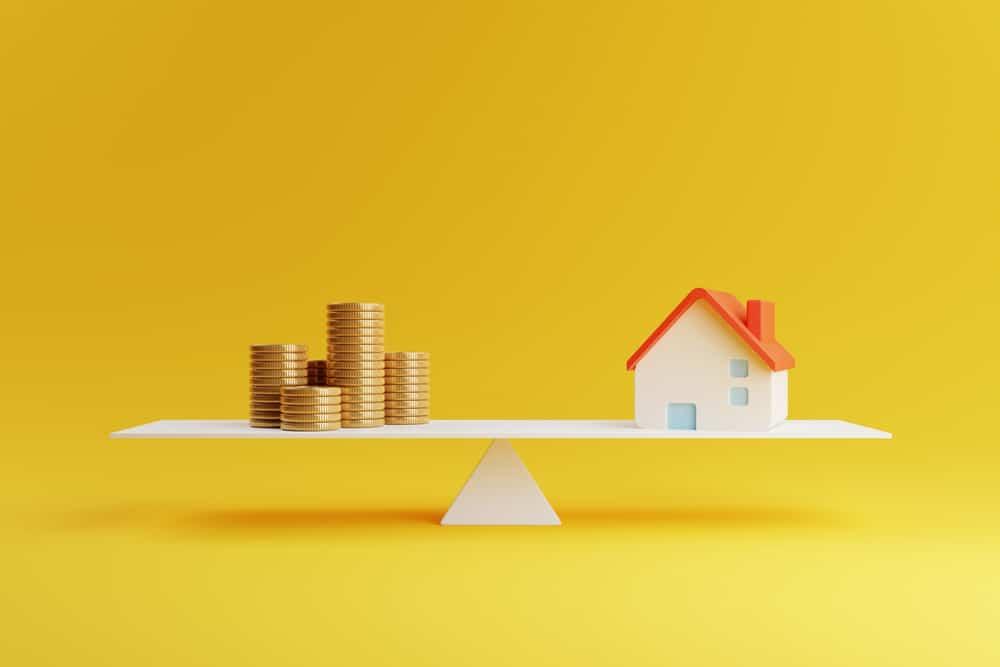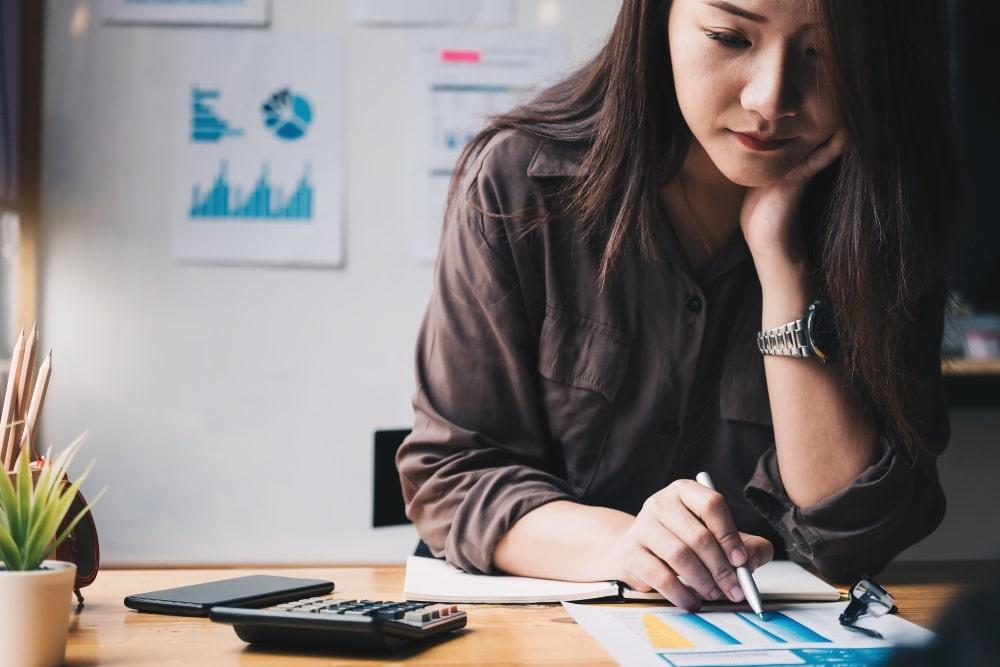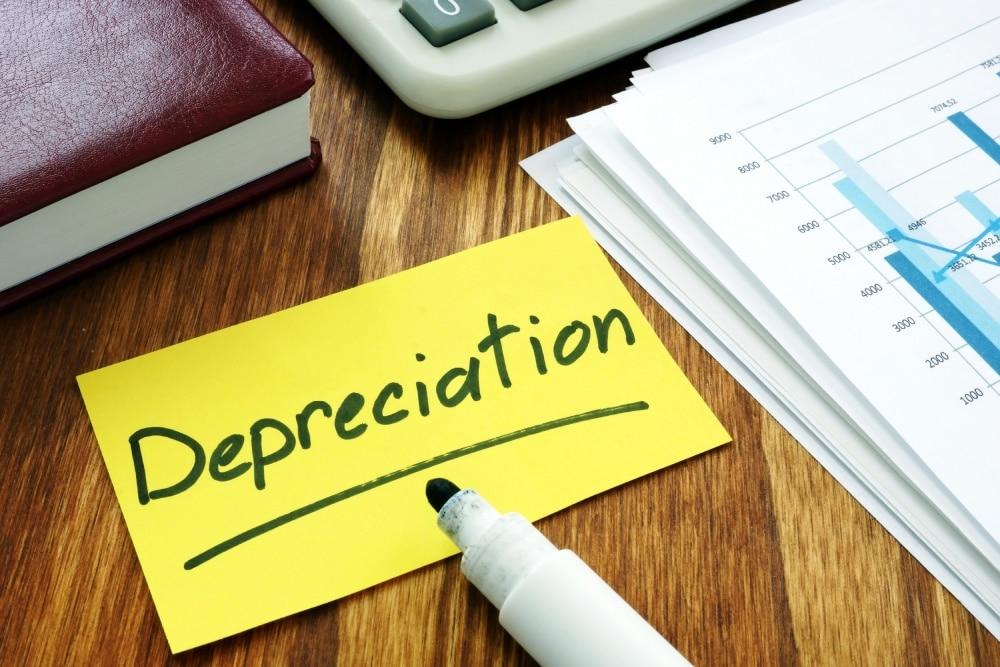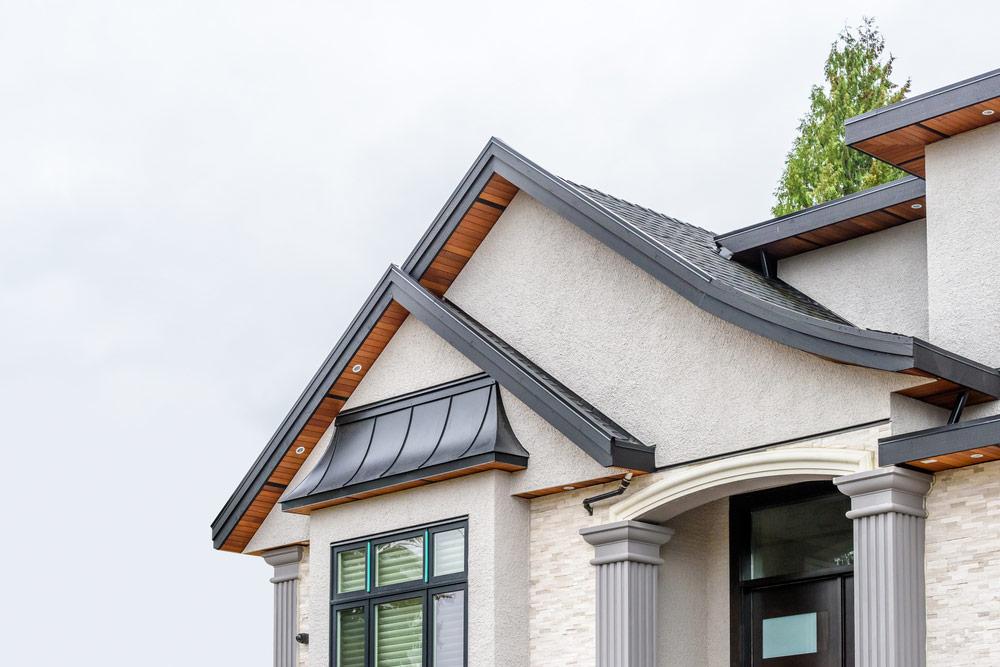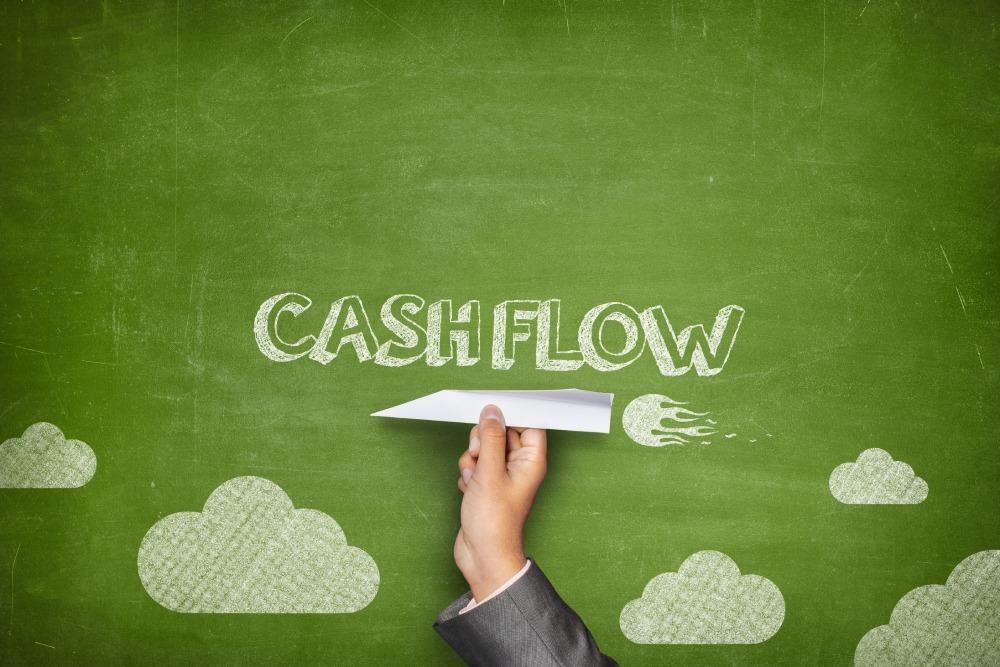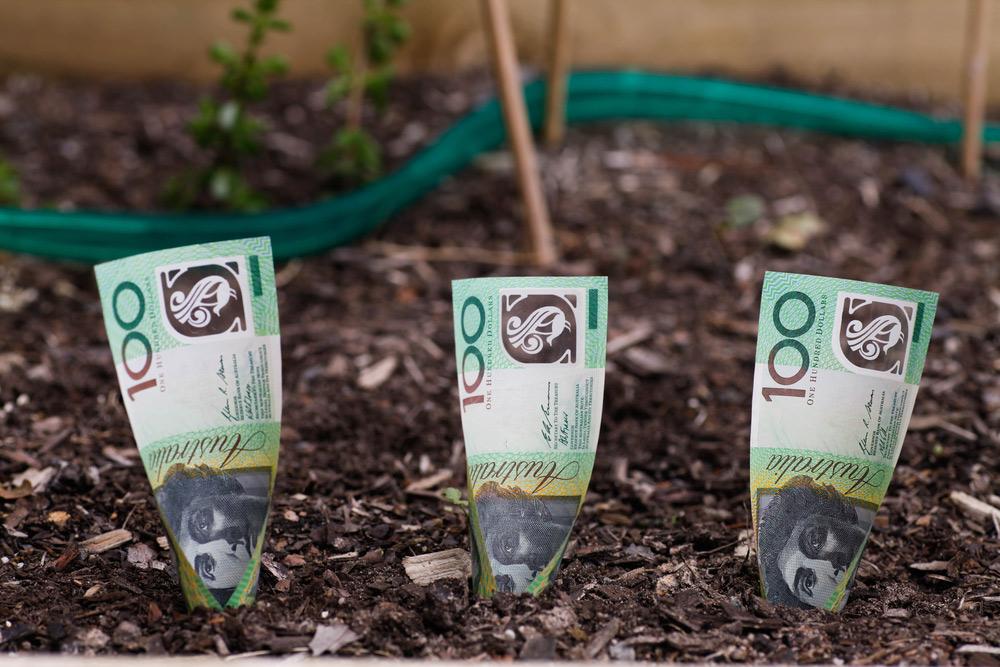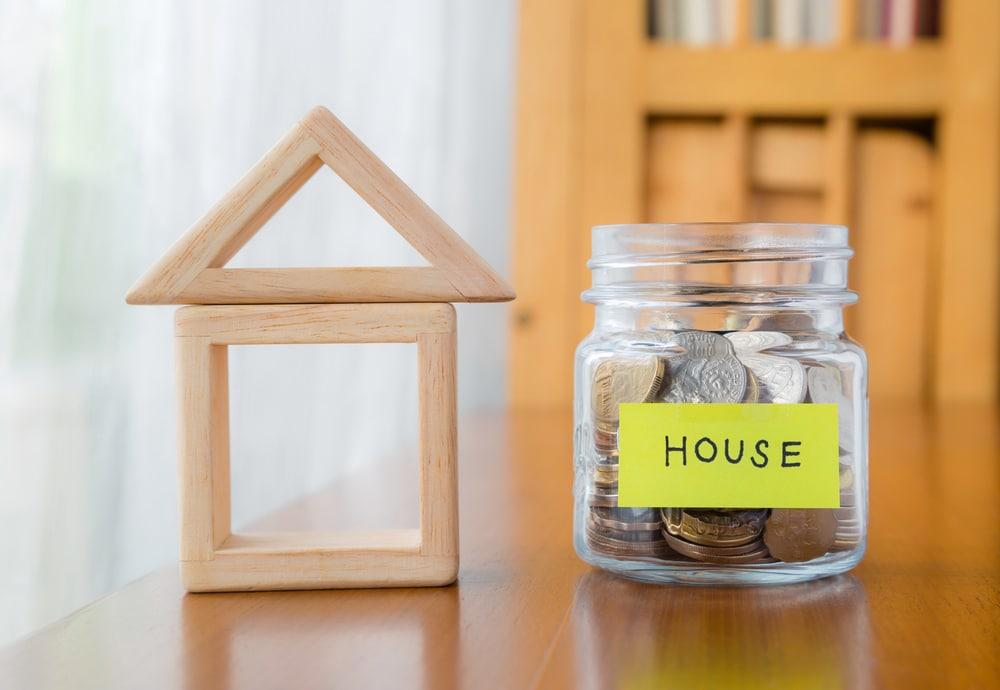
1 Deposit, Multiple Properties – Here’s How!
Ever wonder how people can save up just one deposit but end up going on to buy multiple properties?
We have the answer! But first…
Buying an investment property and growing a portfolio that is going to generate long-term wealth is a discipline of business. In basic terms, this means you have to have a clear understanding of how you’re going to maximise your profits.
Because of this, every investor needs to be able to develop a cash on cash strategy to help bank roll their property endeavours to ensure they have a functional and profitable business model.
THE CASH ON CASH FORMULA
When buying real estate, you need to find a deposit, which usually isn’t provided by a bank or lender and generally has to come from your own savings.
For a property transaction, it can be anywhere between five and 30 per cent of the loan amount. The deposit is, essentially, your capital and it’s never wise to invest capital unless you’re sure you will get results.
The formula that’s used to measure the likely performance of your deposit is known as cash on cash return.
THE CASH YOU PUT IN…
Essentially, these monetary returns are the fundamental instrument to building a successful property portfolio.
So many property investors are blind to this concept and how it works. To be completely honest, when I purchased my first place, I too was unaware and ended up paying the ultimate price. You see, I bought a property with my life savings and injected $30,000 into the market that I couldn’t afford to lose. When the market didn’t grow, I was unable to get that capital back in the form of equity. As you can imagine this was a tough lesson to learn and one you want to avoid.
Seasoned investors measure cash on cash returns in 12 month increments.
THE CASH YOU GET OUT…
For example, if you were to put $30,000 in the market, accumulate the asset and achieve growth over twelve months to gain a further $30,000, this is considered to be a 100 per cent cash on cash return.
To put even more simply, if you had $30,000 in the bank and at the end of 12 months you had your original $30,000 plus another $30,000, you would have a pretty good deal.
Cash on cash is the same principle, only it’s achieved through the property market. It allows you to secure and retain your asset, but still have a readily available deposit to fund a new investment.
Return on capital is the true cornerstone of advancement. Never buy a property as an investment if you cannot get a high cash on cash result. Cash is king and recycling more of it allows you to re- invest.
BANKROLLING YOUR CASH ON CASH
So how do you stack the deck to ensure you’re going to end up in a cash on cash position to be able to continue to build a strong performing property portfolio?
You need a good understanding of real estate as an investment.
Real estate is one of the only assets that works for you while you’re sleeping. Value of real estate rises in either capital growth or rental growth all day, every day, without any input from you, meaning all you have to do is sit back and watch your bricks and mortar appreciate!
However, it’s not true that you can simply snap up any old property and expect it to have great capital growth. In 2021 and beyond you will have to buy real estate based on a variety of factors such as location and liveability.
LEARN THE ESSENTIAL PROPERTY INVESTOR BASICS
Staying up to date with current market trends and predictions will be key to making sound and sustainable investing decisions that will offer long-term gains in an uncertain and changing future.
Get ahead of the game and arm yourself with the tools and resources to help you thrive as a property investor. We are offering a free a property investing seminar for people serious about learning how they can create a future of security and freedom through the vehicle of real estate.
Don’t leave it to chance. Discover the most important real estate buying fundamentals today.
Recent Articles
An Investor’s Guide to Multi-Income Properties
When it comes to building a booming property portfolio, diversity is key! There are four primary multi-income types that Australian investors can buy at the moment.
Property Cash Flow Basics For Creating Passive Income
Buying real estate is similar to running a business – good performance is derived from your ability to generate cash flow. For a property investor, this means eventually living off the passive income that your real estate generates. Therefore, it is especially important that you map out your ability to build a portfolio that will deliberately achieve this level of success from the get-go.
How Property Investors Can Reduce Tax Down To Zero!
Those who own real estate are subject to many, different kinds of tax. Some tax is unavoidable. Other kinds of tax are legally, 100% avoidable – or at least able to be reduced substantially. With the Victorian government recently announcing a rise in the land tax threshold it’s even more important that property investors know where they can and should minimise the tax they pay.
A Property Investor’s Guide To Depreciation
Every smart property investor knows that to create and maintain a portfolio, we need to have good cash flow. One of the ways we can support this is by using depreciation and tax. But, just like equity, depreciation only works for us if we know how to access and then leverage it.
A Property Investors Guide To Guaranteed Rental Increases
Rent is your weekly or monthly incomes from your property. And it’s an income you don’t work for. It’s the absolute key to good cash flow and passive income, so it’s essential you are able to keep raising your rents at regular intervals. But, what makes it possible for property investors to do this?
The Only Time You Should Sell An Investment Property
The golden rule of property investing is to buy well and NEVER SELL. However, there are always exceptions to the rule… Firstly, let’s look at why you would keep an investment property? If you buy a great piece of real estate, in the right location, it will always create a passive income for you, so there will be no reason to sell it.
House vs Apartment – Which Is Better for Capital Growth?
Many property investors favour one type of property – either apartments or houses. While there are pros and cons to both, which we will discuss here, one of the often forgotten advantages of houses is the investment you’re making not only in the bricks, but also in the land. Land value in itself increases over time, and investment in a piece of land also provides opportunity to renovate, subdivide and develop, all of which lead to greater capital growth.
Use Equity To Create Cashflow in 4 Simple Steps!
Equity is an interesting topic when it comes to real estate. Smart property investors know that equity can play a key part in creating passive income that accumulates over time, allowing us to eventually work less and ultimately do more of what we love. But in order to be able to use equity to create passive income, there are some important steps property investors need to take right at the beginning of their journey.
Economy Bounce-back Better Than Expected, What Investors Need To Know
Bouncing back much faster – and stronger – than predicted post-COVID, the Reserve Bank of Australia (RBA) is anticipating a good end to 2021, and a great 2022. But with so much uncertainty over the last 12 months, it’s hard to know if this economy is here to stay, and if so, how it will impact property investors in the long-run.





